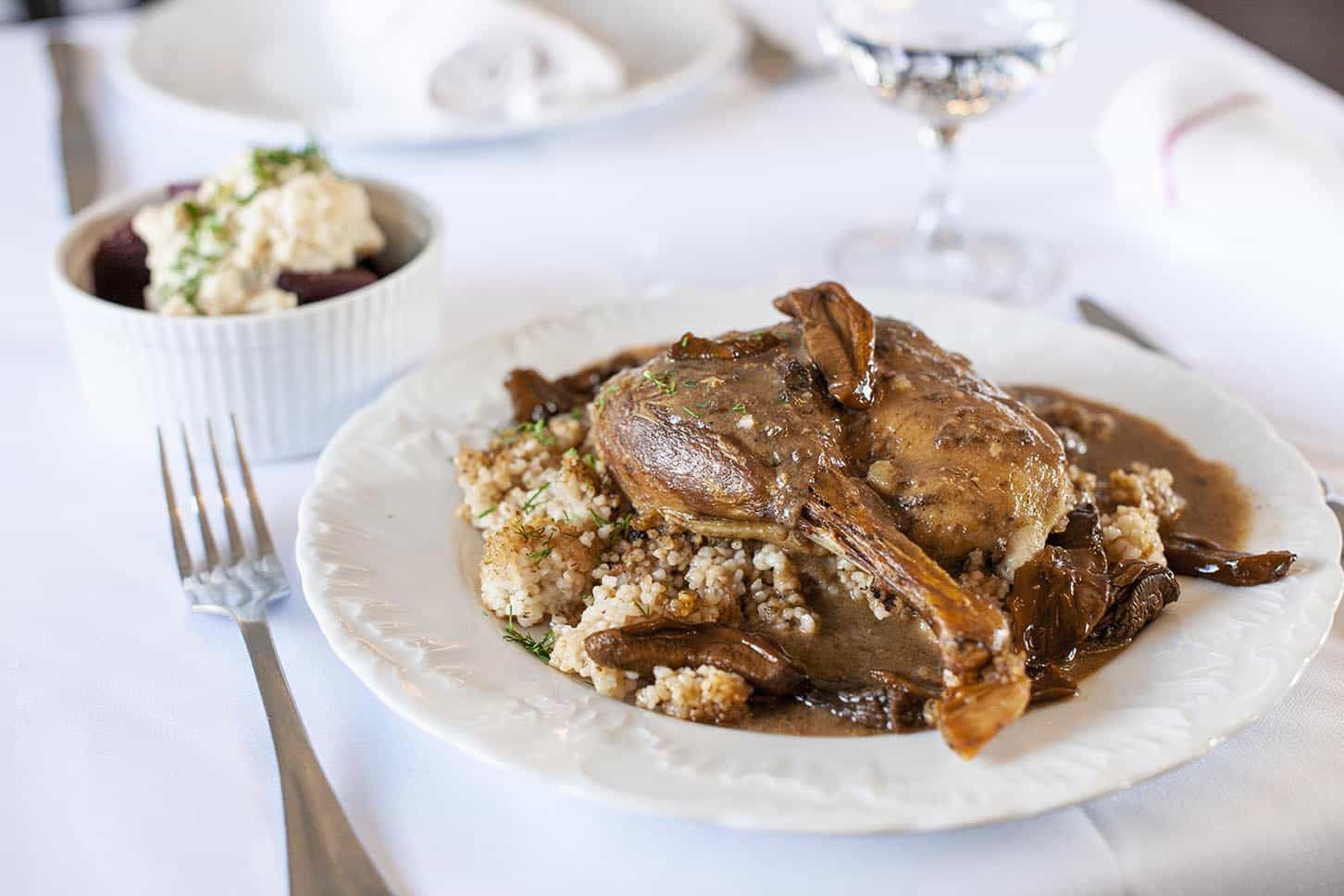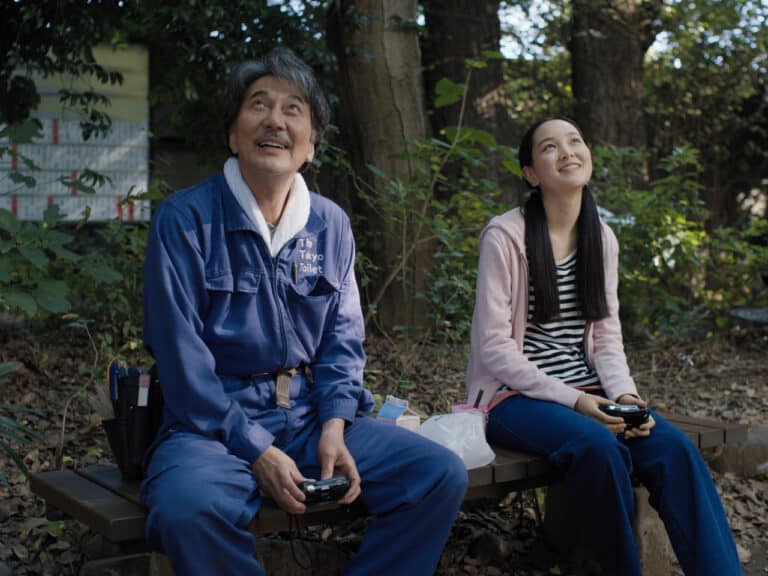Gentlemen don’t gain weight
As we approach the first months of the new year,
I’ve been reflecting: let’s take care of ourselves.
Let’s not settle for just anything, and let’s stop putting junk food into our bodies.
We focus on the material world around us, shaping our external environment because it’s visible and something we can show off. But when it comes to ourselves, we often opt for chemically processed products full of emulsifiers, preservatives, and sugars—things no one sees, and worse, things we don’t want to see. This continues until we start falling ill, until our bodies no longer function as they should.
I’ve known this for a long time; it’s my profession. Knowing something is one thing, but continuously thinking about it is another.
In recent months, these thoughts and the reflections that come with them have only intensified, particularly due to the tragedy that affected many families as a result of the floods we’ve experienced.
My daughter Esterka’s high school invited students from the completely flooded town of Głuchołazy to Warsaw, so they could, even for just a week, shift their focus away from the sight of the town that had almost ceased to exist.
I had the privilege of serving food to these young people. One of the boys, with whom I happened to talk, suddenly said, “My parents tried to buy a new car or a better, nicer TV. But none of that… none of that remains.”
Please realize that in Poland, out of five people, three are overweight, and one in four is obese. This means that the people who are sick are dealing with the consequences of eating junk food. One in four people—that’s more than 8 million individuals.
Years ago, when I opened “U Kucharzy” with my sons Mateusz and Adam at the Europejski Hotel in Warsaw, in a building that was reclaimed from the State Treasury by the Potocki and Czetwertyński families—the pre-war owners of the hotel—I had the pleasure of speaking numerous times with Mr. Marek Potocki. On one of these occasions, he showed me a pre-war newspaper with an interview his father, Count Roman Potocki, the owner of the Łańcut Palace, gave to a Warsaw magazine. In that interview, a question was asked about where the count bought his clothes. He responded that he had a tailor in Radom who took his measurements years ago, and periodically sends him material samples to choose from.
The editor, a bit surprised, asked, “Why years ago? Doesn’t he need to take new measurements?”
To which the count replied, “Gentlemen don’t gain weight.”
For all these years of running my restaurants, I’ve made it
a point to ensure that the food I serve to my guests is the best and healthiest. Napoleon once said, “Horses eat, people feed, and I dine.”
In my restaurants, I welcome Napoleons. Today, for you, we will prepare a meal. I thought we could make borscht together. It’s a dish for any time. After that, we could have duck, and if we’re having duck, we’ll prepare the kind that the great chef Kucharski served.
Let’s start with borscht.
Maria Iwaszkiewicz, the daughter of Jarosław Iwaszkiewicz, wrote columns titled “One Dish” in the magazine “Przekrój” for many years. There, I read her advice that when making borscht, we should take vinegar from the cupboard and… pour it down the sink to prevent ourselves from adding it to our borscht.
First, we need to prepare the sourdough. Wash the beets thoroughly, cut them into small pieces, and place them in a clay pot. Cover them with lukewarm water, add half a head of garlic, allspice, bay leaves, and two tablespoons of salt. Cover the pot with cheesecloth and let it stand for 7 days.
Now for the borscht.
The day before cooking, cut 2 kg of beets, sprinkle with two tablespoons of sugar, and leave for 12 hours. After that, pour 2 liters of broth and
2 liters of water (if vegetarian, use only water
—4 liters in total). Add 1 large celery, 3 carrots, 3 parsley roots, 1.5 kg of sour apples, cut into wedges, along with the peels of those apples, a few dried mushrooms, about 20 dkg of dried fruit, bay leaf, allspice, and pepper. Cook slowly so it doesn’t boil and lose its wonderful ruby color. After 30 minutes of slow cooking, add the sourdough. Leave the borscht on the stove for 2 more hours without bringing it to a boil. Finally, add
a strongly fried onion, finely chopped, with marjoram and garlic. Season with salt, pepper, and sugar to taste. The borscht is ready. It goes perfectly with pierogi, uszka, kulebiak, or pastries.
Now for the second dish, often listed as the main course.
Today, I’m preparing one of my favorite dishes. I can confidently call it the main course.
Kucharski’s Duck
This dish is only available on the menu in my restaurants. I got the recipe from Maria Iwaszkiewicz. Kucharski, before the war, cooked for the Radziwiłł and Tyszkiewicz families, and after the war at Stawisko for Jarosław Iwaszkiewicz. He prepared this duck for dinner when Iwaszkiewicz hosted an English lord who visited Poland. The lord was so impressed with the dish that upon returning to England, he told everyone about it, and the Queen invited Kucharski to serve it at her wedding reception with Prince Philip. Later, it was written in the diaries that of all the dishes at the reception, this duck was the best.
I met the master Kucharski toward the end of his life when he was the head chef at the Jabłonna Palace’s restaurant and the diplomatic club located there.
He was the master of masters. I asked him for the recipe of this duck, which he served in England. He looked down, remained silent for a while, and then said, “The Queen also asked for the recipe. I didn’t give it to her…”
Fortunately, I got the recipe from Maria years later. Now, I’m sharing it with you.
First, parboil the duck in broth with dried mushrooms and caraway. Separately, cook pearl barley mixed with dried mushrooms. When it cools, sauté it lightly in duck fat. Then, divide the parboiled and cooled duck into four pieces, place it in a baking dish, cover it with the sautéed barley, pour mushroom broth over it, sprinkle with caraway, and bake until the barley is done. At this point, the duck is perfectly cooked. Kucharski served it with marinated beets from Count Tyszkiewicz. He would pour hot sauce made from freshly grated horseradish, apples, and cream over the beets.
I do the same. It’s a phenomenal dish.







